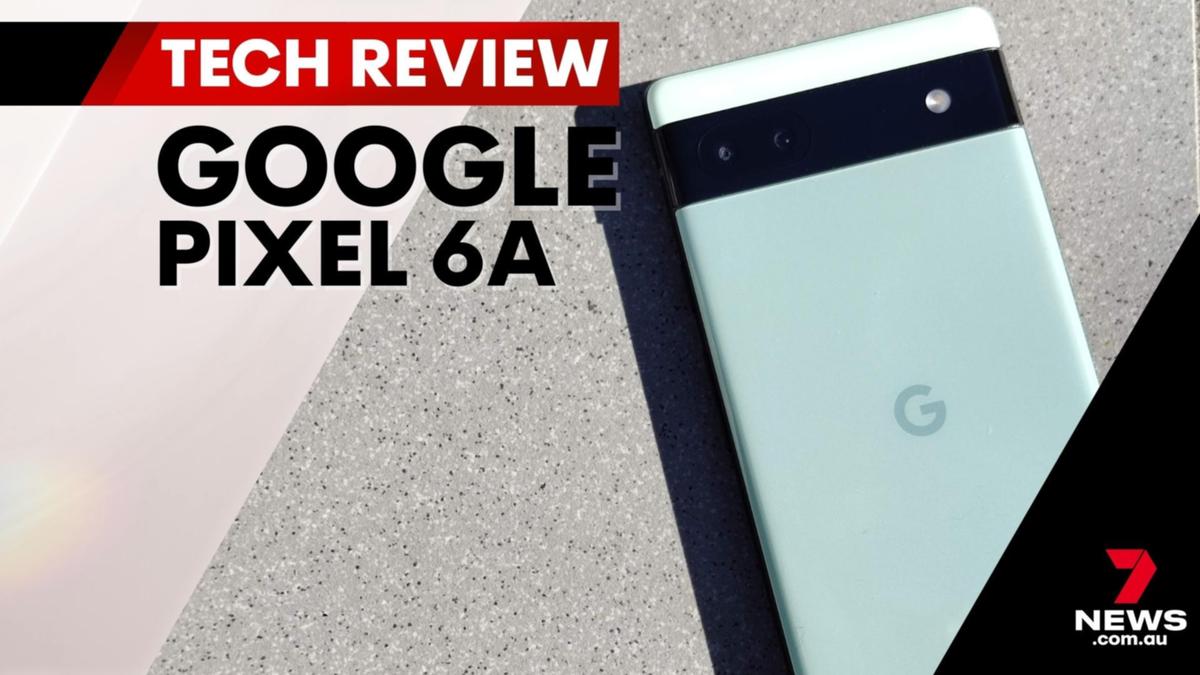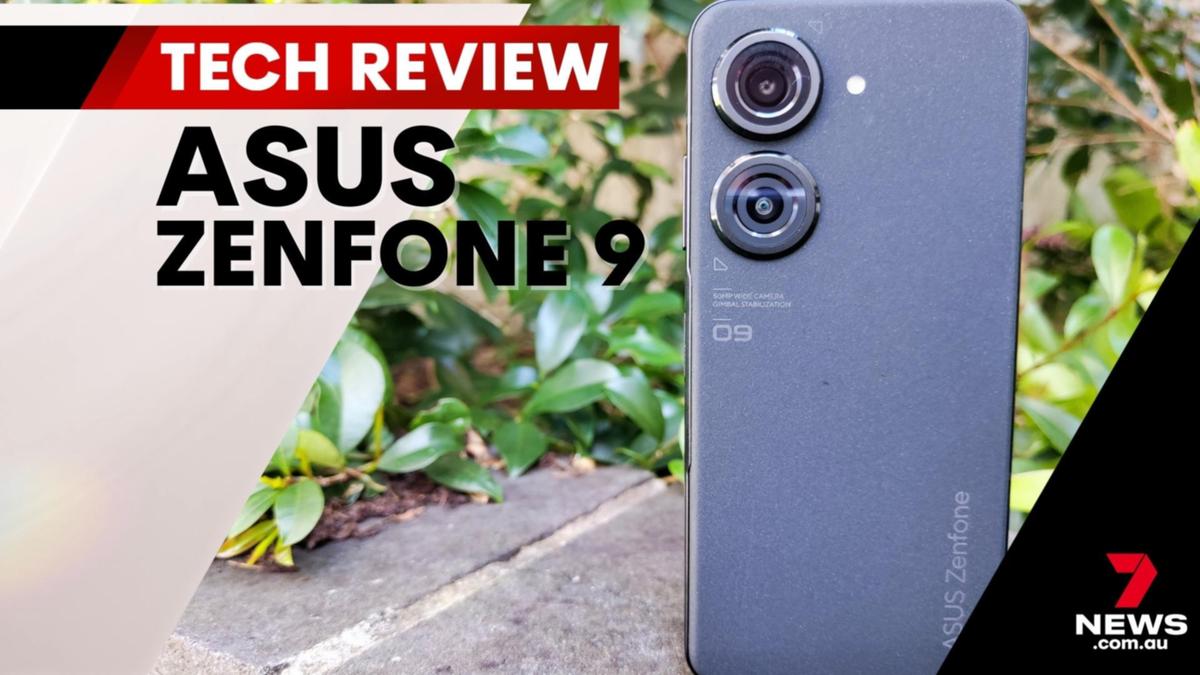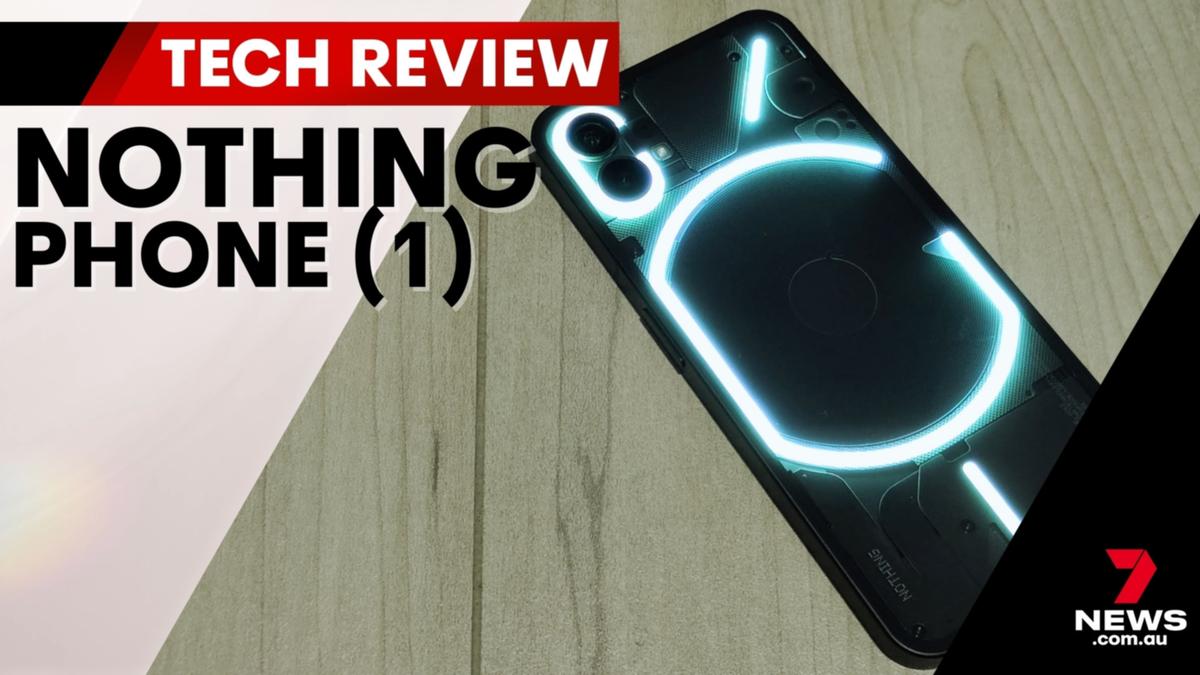Google has released the latest Pixel phone, but it’s not the one you’re probably thinking of.
While the tech giant will unveil their latest flagship devices later this year, a new affordable Pixel has made its way to our shores.
The Pixel 6a costs less than it’s two bigger siblings, yet retains a lot of what makes a Pixel a great alternative to Apple’s smartphone lineup.
Watch the latest News on Channel 7 or stream for free on 7plus >>
How do I get it and what will it cost?
Pixel 6a is available in chalk, charcoal and sage for $749.
You can buy from the Google Store, JB HI-FI, Telstra, Optus, Vodafone, Officeworks and Harvey Norman.
Who is it good for?
Google’s Pixel series has always been a popular choice for those who want a phone that is guaranteed to see fast updates to both the operating system (Android) and the security of the device.
Pixel 6a continues on this, and has the advantage of having a few of the bugs ironed out that plagued the older Pixel 6 smartphones since last year.
If you want a great little performing mobile, that comes with Google’s great cameras and smarts – then you’ll be quite happy with your choice.
How does it work?
The Pixel 6a differs a little bit to the $999 Pixel 6.
You won’t get the same high quality, high refresh rate screen that can be found in the Pixel 6 and Pixel 6 Pro. While the 6.1-inch flat display is totally acceptable in daily use, if you’re used to the 90Hz or 120Hz refresh rates that are popping up on other phones, you might miss it.
There’s no zoom camera, and the main camera lens is very old hardware (in terms of technology). In saying that, the photos that you can take using the Pixel 6a put some other phones with newer lenses to shame. Google’s software is unmatched when it comes to computational photography.
While the camera isn’t as versatile as what you’d get out of the Pixel 6 or Pro models, the shots I was able to achieve from this little pocket rocket were nothing short of impressive. Night photos, or when there isn’t much light, were a bit more hit and miss though.
But to keep that price down, some corners needed to be cut. Because that’s basically all you’re going to lose between the next Pixel up.
The Pixel 6a has the same Google Tensor processing chip as the other two more expensive phones in the series, comes with the same software experience, haptic feedback is fantastic, the stereo speakers are loud and clear, and after the last update – connectivity has been greatly improved while using the three major Aussie telcos.
The software is also the same as you’d see in the flagship phones with all the photography features like ‘real tone’ to ensure skin tone in photos is correct, night sight and magic eraser – which removes unwanted objects and people from your shots.
Outside of Google’s photography voodoo, you also get some really helpful features such as Hold For Me and Call Screening. There is also live captioning while you watch video content, and live translate to help with any language barrier that comes your way.
During my two weeks with the Pixel 6a, the battery life was what impressed me – and that’s probably down to a lower refresh rate on the display compared to the Pixel 6 and Pixel 6 Pro. From waking at 5am in the morning with full charge, to end the day at 10pm with 30 per cent left – it’s very reliable.
There has been a lot of noise around the fingerprint sensor allowing non-enrolled fingers to unlock the device. I wasn’t able to replicate this between over 10 people, so I feel this is a non-issue if you’ve seen that reported elsewhere.
What we think
Pixel 6a is a very compelling device for the masses. There will be quite a lot of people out there who don’t care about the highest megapixels on the cameras, or the biggest refresh rate on the display.
While there are a few things that have been downgraded or left out from the latest in Google’s A-series, what has been left in is what’s important here.
It’s at a hugely competitive price for what you are getting – and it ticks all those boxes that most people are looking for in a smartphone. Good display, dependable battery, great cameras, and reliable performance and software experience. Big ticks all round.
You really can’t go wrong with the Pixel 6a if your budget won’t stretch past $800, and there’s nothing that comes close to it in the same price range. But if you can afford the extra money, the Pixel 6 will offer you some additional benefits over the Pixel 6a that you might enjoy – including that flat display.
Our reviews always remain independent of the manufacturer, and the first time they will see the review is at the same time you’re reading it.
This article contains affiliate links, whereby 7NEWS.com.au may earn a commission if you click on a link – at no extra cost to you.
.


